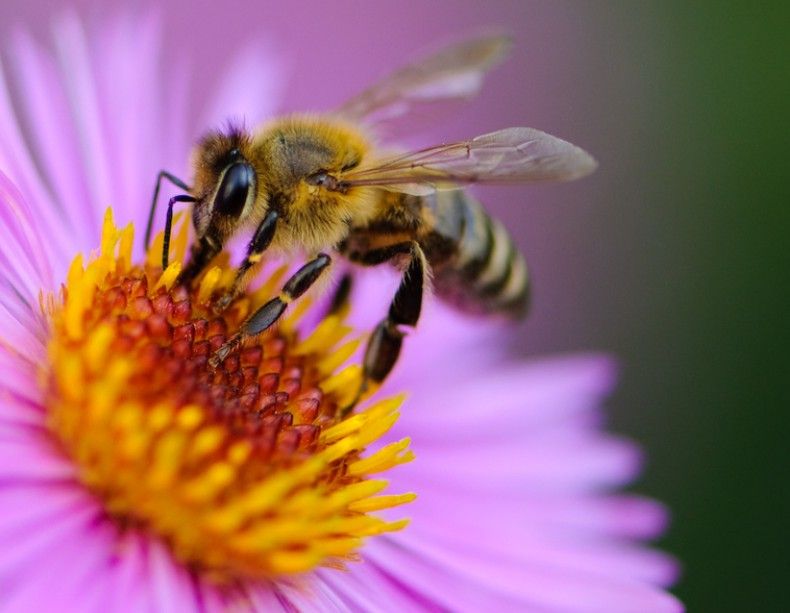It is a modified version of a commercially available robot quadcopter, 42mm across. (By comparison, a honeybee worker is about 15mm long.)
它就是市面上可以見到的那種四軸飛行器,只不過經(jīng)過了改裝,全長(zhǎng)僅為42mm(相比之下,工蜂約為15mm長(zhǎng))。
But the modifications mean it can, indeed, pollinate flowers.
但是,改裝后的飛行器可以進(jìn)行授粉作業(yè)。
Specifically—and crucially—Dr Miyako has armed it with paintbrush hairs that are covered in a special gel sticky enough to pick pollen up,
值得注意并且至關(guān)重要的是——宮古博士用一種特殊的凝膠狀毛刷將其包裹起來,這樣就可以將花粉采集起來,
but not so sticky that it holds on to that pollen when it brushes up against something else.
不過當(dāng)它與其他東西接觸時(shí),不會(huì)緊緊地粘住花粉。
Previous attempts to build artificial pollinators have failed to manage this. Dr Miyako, though, has succeeded.
此前的人造授粉設(shè)備都無法做到這一點(diǎn),而宮古博士成功了。

Experiments flying the drone up to lily and tulip flowers, so that the gel-laden hairs come into contact with both the pollen-bearing anthers and the pollen-receiving stigmata of those flowers,
在實(shí)驗(yàn)中,人造雄蜂飛行至百合和郁金香花朵上方,涂有膠體的刷毛先接觸花藥黏附花粉,然后接觸雌蕊柱頭使花粉落下,從而完成授粉過程。
show that the drone can indeed carry pollen from flower to flower in the way an insect would—though he has yet to confirm that seeds result from this pollination.
實(shí)驗(yàn)表明,人造雄蜂確實(shí)可以像昆蟲那樣在花朵之間傳遞花粉,但作物經(jīng)過授粉后能否受精發(fā)育出種子還有待進(jìn)一步研究確認(rèn)。
At the moment, Dr Miyako’s drones have to be guided to their targets by a human operator. The next stage will be to fit them with vision that lets them recognise flowers by themselves.
目前,宮古博士的人造雄蜂需要操作人員手動(dòng)進(jìn)行目標(biāo)引導(dǎo)。下一步是要為這些小家伙安上“眼睛”,使其能夠自行辨識(shí)花朵。
Fortunately, visual-recognition software is sufficiently developed that this should not be too hard.
令人欣慰的是,視覺識(shí)別技術(shù)已足夠成熟,實(shí)現(xiàn)這一點(diǎn)并不困難。
In future, when you are walking through an orchard in bloom, listen out for the humming of the drones as well as the buzzing of the bees.
未來,你可以一邊徜徉在怒放的花海中,一邊聆聽蜜蜂與人造雄蜂在身畔交織飛舞時(shí)的嗡鳴。
英文文本來自經(jīng)濟(jì)學(xué)人 譯文來自陌生












